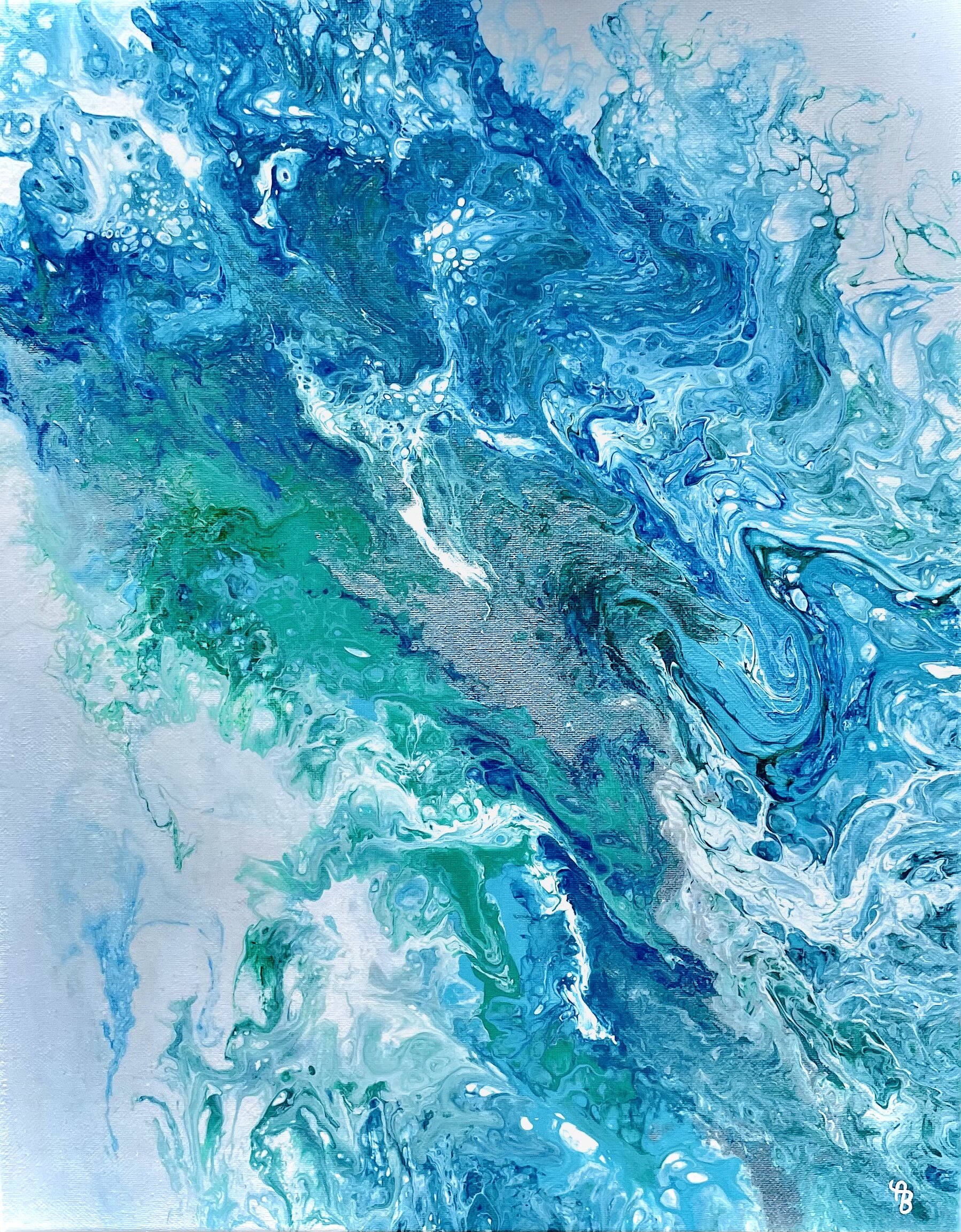The Project
The Art of Water extends the principles guiding community science into the realm of humanities by creating a collaborative space to artistically display how we know water—all water—fresh, brackish, and salt.
This project embraces the ways in which artists relate to water and how those relationships can inform science, that is, guide the questions scientists pose and study. We are moved by stories and stories come in a variety of forms- those stories inspire us and transform us, as do the innovations of science. We celebrate the flow of conversations and the interaction between arts and science. Most of all, our project illuminates the value of public participation in knowledge building.
Silver Tides
Alexie Blake Sinclair
Moment In Time
Jamie Lightfoot
Knowing water. It is a commonly known fact that approximately 70% of the Earth’s surface is water-covered and that the water that makes up the human body is uncannily almost the same percentage. It is also well known that water is defined by its composition of two hydrogen atoms and one oxygen atom (H₂O) configured into three potential phases, namely liquid, solid, or gas. What is less commonly known is that scientists are studying a fourth phase of water with a molecular structure of three hydrogen atoms and two oxygen atoms (H₃O₂). This phase of water proposed by Gerald H. Pollack, Ph.D. of the University of Washington, opens up an area of study centered on the social behavior of water. The work has implications for understanding the origin of life and the information that can be read from water.
Pollack Laboratory | EZ Water | University of Washington
Water is social and it socializes us. We collaborate with water. It allows us to take notice of the changing landscape on shores, the sound of rain on pavement, the hovering hummingbird, the seafaring leaf, reflections shimmering in puddles broken by the intermittent steps of rushing feet, icicles strung like lights on the edge of a roof, trees floating in a layer of fog, the curve of the kayaker’s back and the twist of the swimmer’s torso. We connect with water in a myriad of ways.
Our collaborations with water are here thus exhibited.


